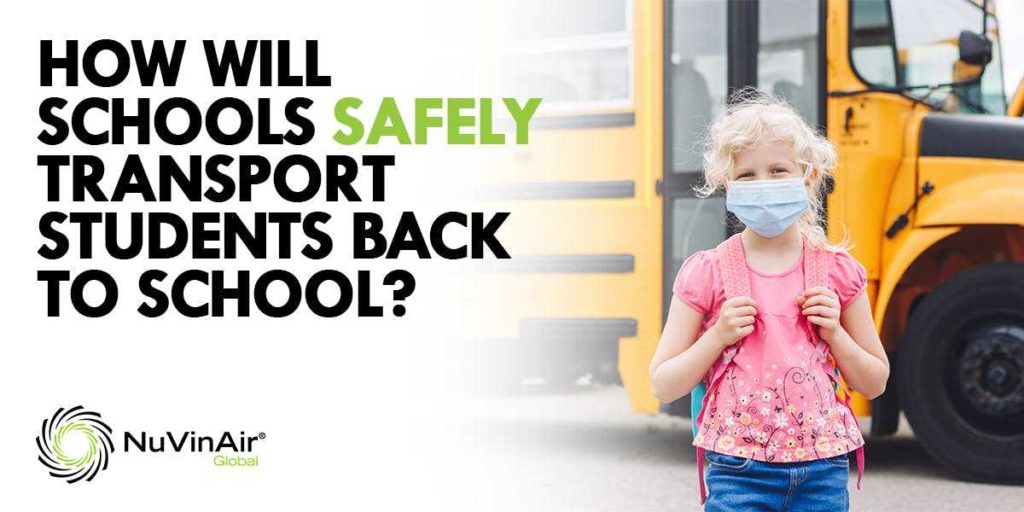According to Education Week, approximately one-third of all students rely on school buses to get to and from school. That comes out to be roughly 26 million students. With many districts resuming in-person learning across the nation amidst increases in COVID-19 cases, school district administrators are faced with one of the most complex decisions of them all: How will they get students safely into the classroom?
Administrators must make sure that social distancing guidelines are followed, which means it will take more buses to transport the same number of students to school each day. In addition, districts will need to assess students’ health each morning and masks and other protective equipment must be available should students not have their own.
To make it work, schedules will need to be changed and screening processes will need to be implemented, including differing bell times. Even the health and safety of bus drivers who are over 55 will all have to be considered.
While administrators and teachers are going to need to get creative in managing such changes, maintaining sanitized and disinfected buses to keep the virus at bay will be paramount.
The Centers for Disease Control has made the following recommendations for school bus transportation:
- Clean and disinfect frequently touched surfaces at least daily or between use as much as possible.
- School bus drivers should practice all safety actions and protocols as indicated for other staff (e.g., hand hygiene, cloth face coverings).
- Cleaning products should not be used near children, and staff should ensure that there is adequate ventilation when using these products to prevent children or themselves from inhaling toxic fumes.
- Drivers can create distance between children on school buses, including seating children one student per row facing forward and skipping rows between students. However, students who live in the same household may sit together if needed. Schools may consider alternative strategies to accommodate the reduced number of students in buses, such as staggered pick up and drop off times or additional bus routes.
- Schools should consider having spare, clean cloth face coverings available to ensure all students wear cloth face coverings on the school bus.
- Drivers can open bus windows to increase circulation of outdoor air, but should ensure that doing so does not pose a safety or health risk (e.g., risk of falling).
- During dismissal, schools may provide physical guides, such as signs and tape on the sidewalk, to ensure that students and school staff remain at least 6 feet apart while waiting for transportation.
The National Education Association (NEA) recently stated that all schools should develop a comprehensive cleaning program that recommends the use of U.S. Environmental Protection Agency (EPA)-registered disinfectants or sanitizers for targeted use. While cleaning removes dirt and impurities from surfaces, it does not necessarily kill germs. The NEA also states that sanitizing lowers the number of germs on surfaces, but that disinfecting surfaces by using the proper, EPA-approved chemicals is that only way to kill germs on a surface, which will stop the risk of spreading infection.
NuVinAir Global has recently experienced an increase in inquiries from schools about their newest product – ReKlenz-X.
This EPA-approved, eco-friendly disinfectant kills 99.9% of germs, bacteria, and viruses without compromising a vehicle’s interior. NuVinAir Global, offers a “Total Health” suite of proprietary vehicle-cleanliness solutions and hygienic consulting for automotive business. ReKlenz-X is an oxygen-rich formula that quickly kills bacteria and viruses by destroying their cell walls through a process called oxidation. The product contains no harsh chemicals, sticky residue, or dangerous volatile organic compounds, resulting in a clean and disinfected vehicle with no chemical smell.
Until now, any possible solution for killing the coronavirus was wrought with harmful chemicals, expensive equipment, and residue-leaving application devices that harm the vehicle’s interior. As a disinfectant and sanitizer, it can be applied to all interior vehicle surfaces using a microfiber towel. When paired with NuVinAir’s premier detailing solution, ReNuSurface, and their patented Cyclone treatment, it takes deep cleaning to a new level for NuVinAir’s automotive partners and their customers.
About NuVinAir Global:
NuVinAir Global is a privately held, Dallas-based company providing healthier commutes for drivers and passengers throughout the country. NuVinAir Global delivers a ‘Total Health’ product line that uses sanitization science and a patented cleaning process to dealerships, rental car companies, and other automotive businesses. NuVinAir’s patented ReStore and ReFresh treatments are used to clean the interior air of the vehicle, including the HVAC system, and remove contaminants, odor, and pollutants by dispelling a dry, hygienic vapor that reaches places that sprays and wipes simply cannot.
Products and programs are sold through its franchisees, who own exclusive rights to their defined territories. For more information, visit NuVinAir.com and follow them on Twitter, Facebook and Instagram.

